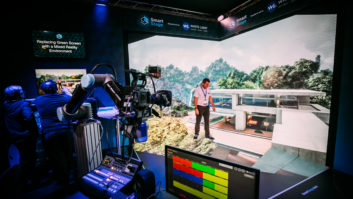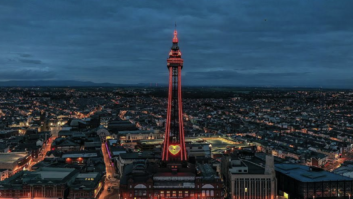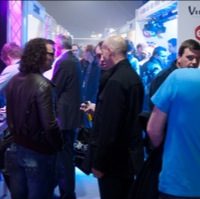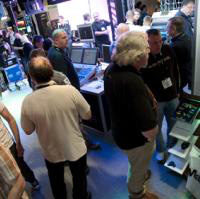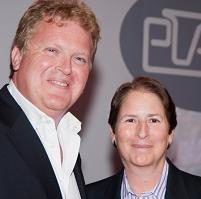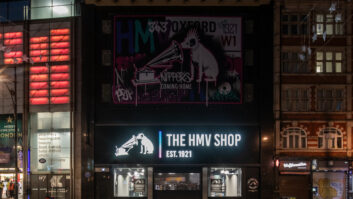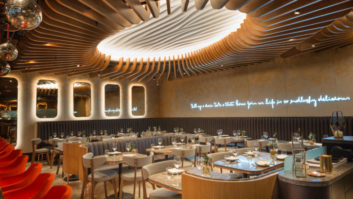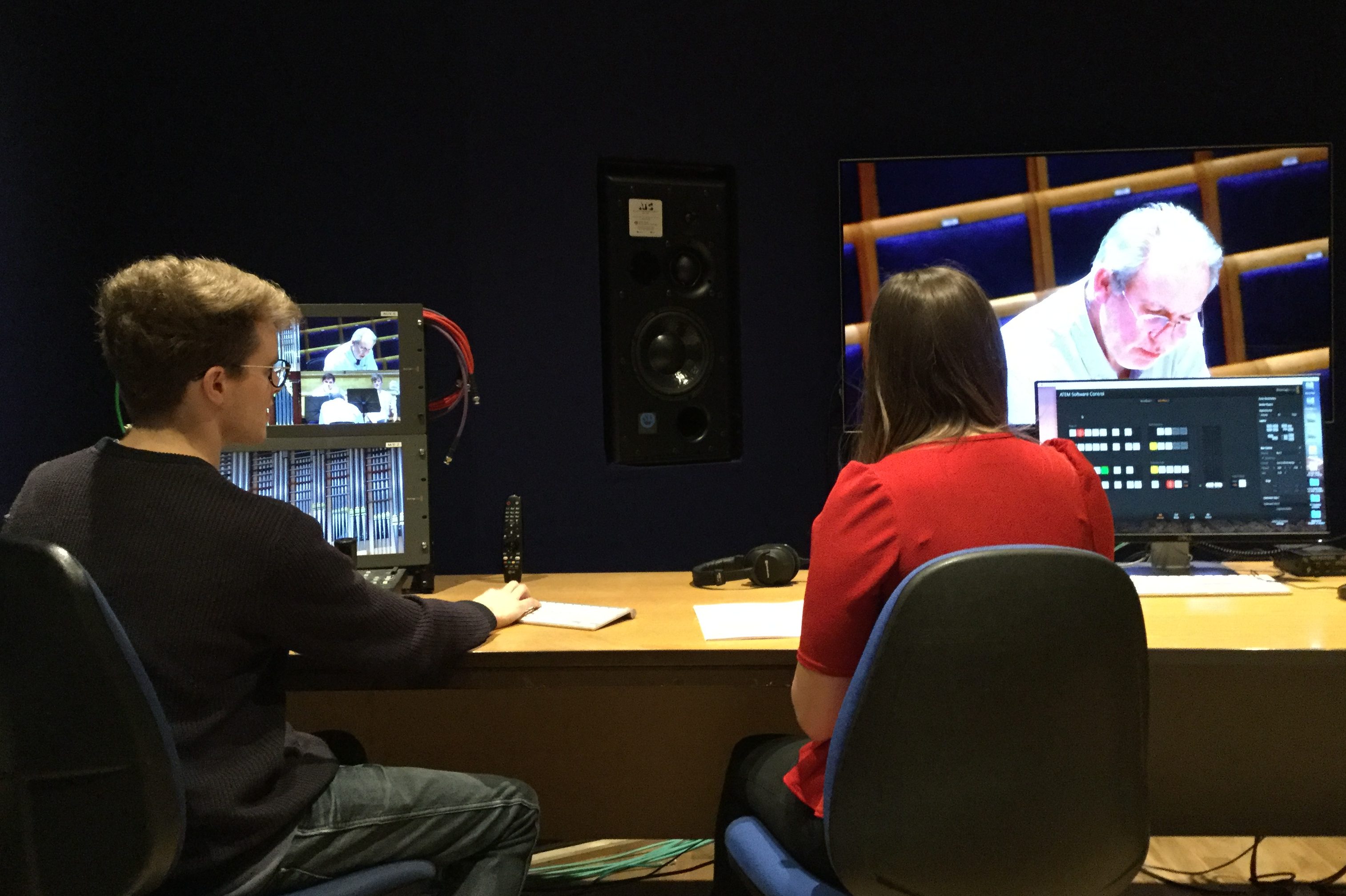
The UK’s oldest musical conservatoire has embraced video recording in recent years. Thanks to smart equipment choices, students can video their own performances, and the small recording team can punch above its weight in creating professional content for wider audiences.
These days recording means video just as much as audio,” observes David Gleeson, head of recording at the Royal Academy of Music, London.
Founded in 1822, and occupying its current home on London’s Marylebone Road since 1911, the Academy has trained some of the world’s most talented musicians and performers. “We welcome the world’s best to the Academy, in the form of masterclasses, recitals and intimate performances to inspire and educate our student body, so naturally our AV capability has to match the calibre of these musicians,” Gleeson continues.
However, recent years have seen changes in how the Academy has approached the creation of video. The recording department did not exist four years ago, but Gleeson now heads a team of five. “High-quality video production has gone from being non-existent to being a fundamental aspect of the students’ development,” he explains. “As well as content for teaching and practice pieces, many of our students depend on scholarships or bursaries, which now increasingly require video submissions as part of their assessment criteria.” In addition, recording major concerts and competitions for public viewing is becoming increasingly important.
Central control room
Bringing this about has required various upgrades to be made to the AV infrastructure and equipment at the Academy. A new central control room manages all audiovisual feeds from each of the building’s performance spaces and has been designed to be scalable, allowing the team to handle multiple recording requirements, or deliver major performances from the main hall. A full fibre network replaces the previous BNC cable runs, allowing the AV rack and production gallery to be located further away.
At the time of Installation’s visit in November 2017, the Academy’s theatre was a construction site, as it is being redeveloped into a new 80-seat performance venue with an enlarged stage, and a 100-seat recital hall directly above it. The brainchild of renowned architect Ian Ritchie, these are both scheduled to open in March. However, we were able to see two performance spaces: the 400-seat Duke’s Hall and the 120-seat David Josefowitz Recital Hall.
Both of these spaces are used for concerts and for student recordings. The equipment used in either case is fundamentally the same, although how it is used and controlled is somewhat different.
A Smart Videohub 40×40 router and ATEM 2 M/E Production Studio 4K switcher from Blackmagic Design are at the heart of the recording operation. “This upgrade has allowed us to evolve from a very rudimentary AV operation to an extensive, professional, multi-camera production team,” observes Gleeson.
Thanks to camera presets and remote control, students can create their own recordings with minimal training. A simple control interface – customised and configured for the Academy by Mark Gilbert of creative media technology company Gallery – is hosted on a ‘retired’ iPhone and iPad for David Josefowitz and Duke’s respectively. These communicate over WiFi to Blackmagic HyperDeck Studio 12G boxes, which are capable of recording content in Apple ProRes up to UHD; this provides an upgrade route, as the Panasonic cameras (of which there are five and Duke’s and two in DJ) are currently HD models. “If we frame the shot in advance, students can come in at 10 o’clock at night and make high-quality recordings without the involvement of staff.”
All that the students need to do is to press ‘record,’ name their recording and press ‘stop’ at the end of the take. This, says Gleeson, is greatly preferable to the previous system, in which “we experimented with ENG cameras.” Although his team gave the students 20-minute training sessions, things would still sometimes go wrong: “They didn’t necessarily know about setting up tripods, or they might leave the lens cap on, or not plug in the microphone, or not set it to line input. And students do tend to leave these things to the last minute. We’ve had tears…” Since the new system was introduced, student recordings have gone up from “a handful” to over 150 recordings a term.
Masterclasses
For live-streamed masterclasses, the team require “absolute accuracy to cut between musical phrases,” explains Gleeson. “This means they need extremely responsive and reliable vision mixing. In fact, using the ATEM software controller to switch Panasonic PTZ cameras was the start of our quest to improve the quality of our audiovisual output.”
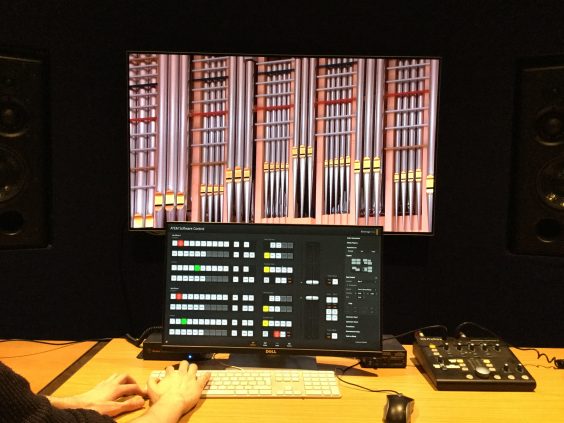
This slick production requires a certain degree of planning. Recording studio and production co-ordinator Rosanna Goodall explains: “Two weeks beforehand, I get the scores from our librarian and read them to find performance highlights, such as solos. Then our video engineer and I will attend the first rehearsal and we’ll look at how the orchestra is set out – so I know where everything is. We save a lot of camera presets on the ATEM – we lay them out like an orchestra – and I write the cues in the score.” The video mixing is carried out live, with the score-reader calling out camera cues to the video engineer.
The Blackmagic system also enables recordings to be given professional-quality graphics and icons – something that is particularly important when streaming performances around the world. In 2016, the Academy hosted the prestigious Menuhin Violin Competition London, which involved live streaming 10 days of heats. Many of the viewers were proud parents in distant countries, so “it was very important to get the competitors’ names right in the lower-thirds graphics. But if the schedule changed at the last minute, how could that be communicated to the team?” says Gleeson. The solution was to use a Blackmagic dual-screen display backstage, which showed preview and live feeds. “The preview displayed the competitor’s name – and just before they came on stage, they were told to nod if it was correct. I have to give credit to Darren Gosney [technical sales supervisor] and the team at Blackmagic Design for helping us to brainstorm that – it worked flawlessly.”
Musical history
With the new facilities scheduled to open in March, it looks like Gleeson and his team will be busier than ever. “The new theatre and halls have been designed to be as flexible as possible, so that we can host concerts and recitals, lectures, meetings or student performances, and capture them all with high-quality video and audio,” he comments.
As important as these recordings are to help students in their careers and to promote the Academy’s musical programme, capturing the fine detail of performances has another benefit, which will increase in significance over time, says Gleeson: “For us, recording and creating a high-quality archive of performances from musicians and composers is a crucial element of musical history. In years to come, researchers will come to study techniques and interpretations of classical and contemporary pieces, so high-quality audio and visual evidence has a vital part to play.”
www.blackmagicdesign.com
http://business.panasonic.eu
www.ram.ac.uk
